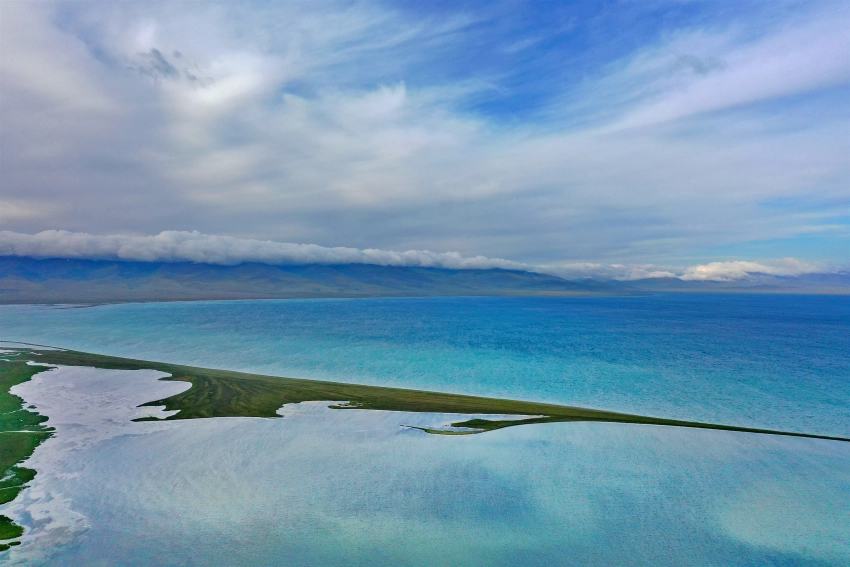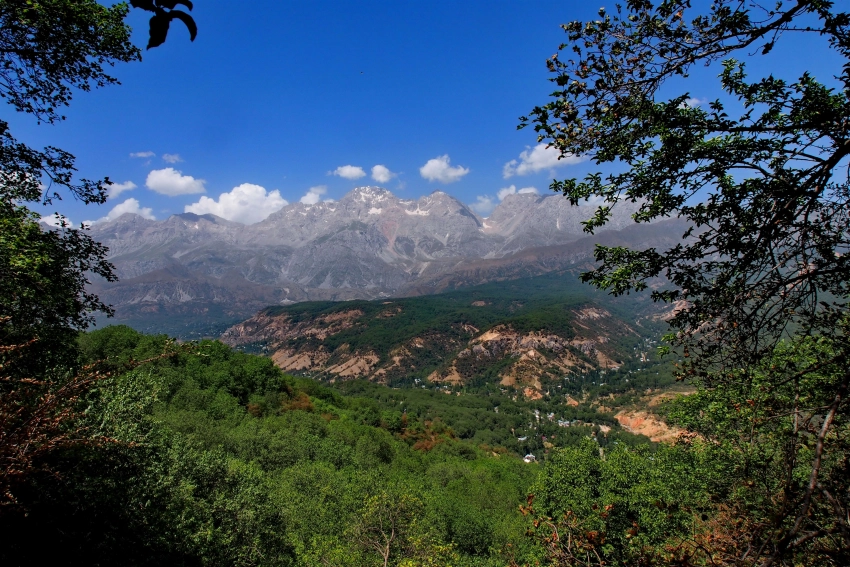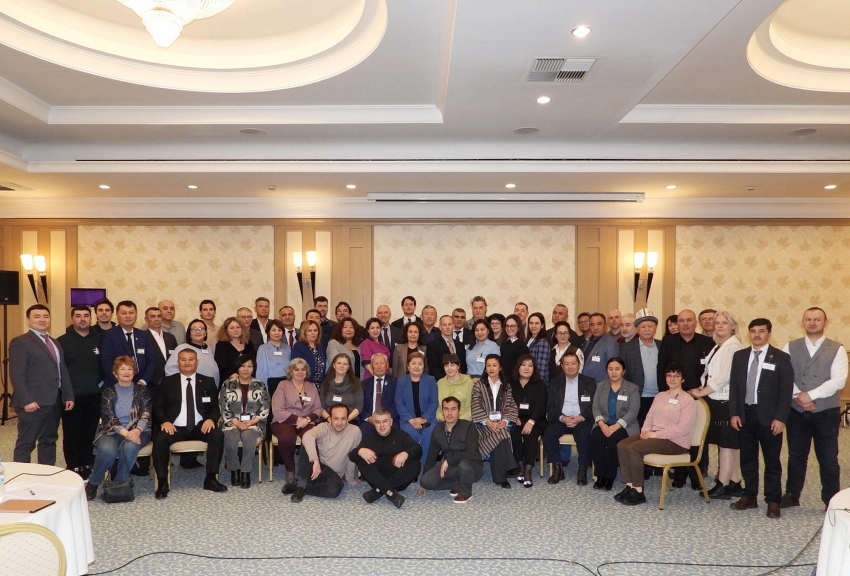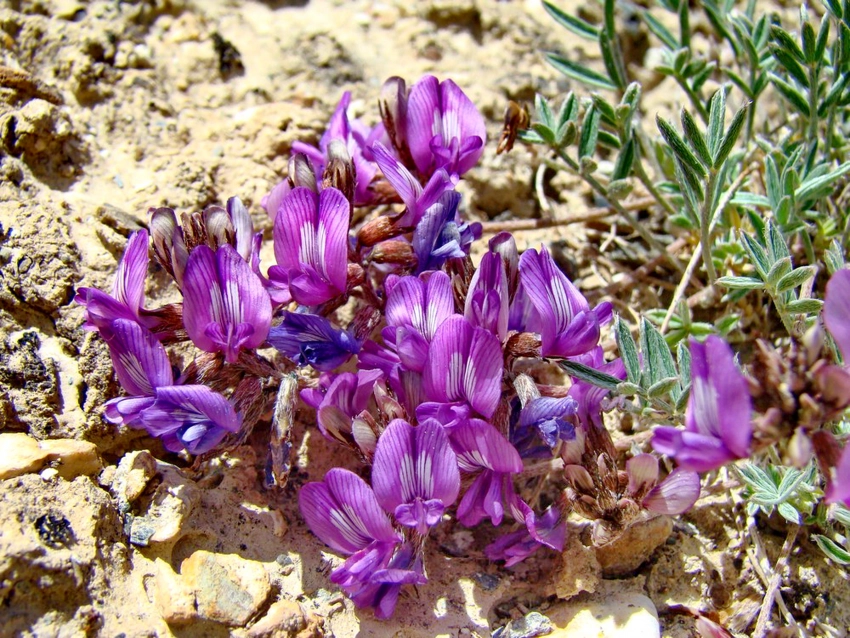KGZ 27 Key Biodiversity Area Son-Kul Lake

Square: 32000 ha.
KBA category: B1, D1
Species that initiated the designation of KBA [and other globally threatened species that are present in the KBA but have not been confirmed to meet the global KBA criteria]: Tadorna ferruginea, (Taraxacum syrtorum), Балобан [Falco cherrug], [Aythya ferina].
Availability of protected areas: yes
Settlements on the territory of the KBA: -
Adjacent to the territory of the KBA: The nearest large settlement is the small Chaek village.

General description: Lake Son-Kul (Sonkel, Sonkul) is located in the north-west of the Naryn region of Kyrgyzstan at an altitude of 3016 meters above sea level. This is the second large lake in the country after Issyk-Kul. Son-Kul translated from Kyrgyz means “lake where wild ducks live.” The lake is located in the gorges of the Tien Shan at an altitude of 3016 meters above sea level. Son-Kul covers an area of 278 km2 and extends 28 kilometers in length and 18 kilometers in width. The average depth is 8.6 meters, the maximum is almost 22 meters. This is the largest natural freshwater reservoir in Kyrgyzstan. 

Lake Son-Kul is of tectonic origin, it is located in a giant basin between the Sonkul-Too and Moldo-Too ridges at an altitude of 3016 m above sea level. Son-Kul is a lake formed as a result of melting glaciers. The river of the same name flows out of it and flows into Naryn. Depending on the weather, the water surface of Son-Kul is painted in different colors each time - sometimes purple, sometimes blue, sometimes yellow or orange.

The climate of the region is harsh. The air temperature in this area, even in summer, may not exceed +15°C during the day, and at night it can even drop to sub-zero values. From late September to early June, the water in Son-Kul freezes. In this region, temperatures can reach -20°C in winter. You can see the lake only in the warm season also because the road to the reservoir is also icy and it is impossible to get there due to closed roads and passes (the snow cover lies here for 130-160 days).

The lake is partially located in the Karatal-Zhapyryk State Reserve, founded in 1994. The protected area in the water area is 5200 hectares. Most of the lake belongs to the Sonkul fishery. There are practically no trees around the lake, but there are many medicinal herbs that local residents collect, dry and brew with boiling water. Edelweiss also grows here, as well as a great variety of other bright, elegant and sometimes very rare flowers that make up the alpine meadows. 

The lake's shoreline is home to 66 species of waterfowl, which typically spend time here from May to September. There are 14 species of ducks alone. The red-listed mountain goose lives here. Demoiselle crane, black stork, whooper swan, white-eyed duck, long-nosed merganser, spoonbill, little cormorant, black-headed gull - all the Red Book birds also arrive.

Karatal-Zhapyryk State Reserve. This specially protected natural area was organized on March 1, 1994. It is located on 36,392 hectares of land - in four districts of the Naryn region. In the reserve, in addition to Lake Son-Kul at an altitude of 3530 meters, there is another lake - Chatyr-Kul, it is located almost on the border with China. Both high-mountainous sites were included in the list of wetlands of international importance of the Ramsar Convention: Son-Kul - in 2011, and Chatyr-Kul - in 2005.
Lake Son-Kul is of great importance as a nesting and summering place for waterfowl birds (131 species are registered, of which 17 are listed in the Red Book of Kyrgyzstan, 18 - on the Red List of the International Union of Nature Conservation (IUCN), 11– CITES (The Convention on International Trade in Endangered Species of WildFauna and Flora) and 6 – Bonn Convention.

Among the birds in the reserve you can see the small cormorant, sicklebeak, golden eagle, saker falcon, steppe kestrel and harrier fly here, eagle owl, black and Himalayan vultures, bearded vulture and griffon vulture are found. Animals include snow leopard, Turkestan lynx, mountain sheep, jerboa and stone marten, foxes and wolves.
The waters of Son-Kul are inhabited by whitefish, scaly and rare-scaled osman, Tibetan and gray char, common marinka, peled and other species of fish. It is curious that, due to the cold climate, there were no fish here at all until 1959. She was brought here for breeding purposes.

The lake is amazing in its beauty. The azure color of the water attracts not only tourists, but also local residents. Son-Kul is surrounded by green meadows where herds of sheep and horses graze in the summer. Shepherds bring their livestock here for the entire summer period, and they themselves live in specially installed yurts. Such pastures, where people can live for months, are called jailoo. In the cold season, yurts are folded up.

Attractions. Son-Kul is a potential object of ecotourism. In summer, the air is fresh and clear, the temperature is favorable for air and sunbathing, and the water temperature in the lake allows for water and air procedures. There are no buildings near the lake, but local residents can rent out traditional Kyrgyz yurts with wood-burning stoves. Also on the banks of Son-Kul you can learn horse riding and fishing.
In the vicinity of the lake you can find ancient rock paintings, which indicate that shepherds brought cattle here many centuries ago.

On the northern shore of Son-Kul Lake stands the only building in the area. This is the mausoleum of Tailak Baatyr (Tailak gumbez), which was erected at the end of the 19th century. The Kyrgyz folk hero lived at the end of the 18th – beginning of the 19th centuries. He defended the land of modern Kyrgyzstan from the invasion of the Chinese and Kokands. His ally and brother Atanay is buried next to the hero.
Not far from Son-Kul there is the village of Kok-Oy, where there is a source of Emel mineral water. There is information that the composition of this mineral water is similar to Borjomi.

Myth about Lake Son-Kul. One of the legends says that the headquarters of the cruel khan was once located on the site of the lake. To replenish his harem, he collected the most beautiful girls from all over the Tien Shan. Their immense suffering from the cruelty of their husband moved the mountains to pity. The place where the Khan's palace stood sank, and water flooded the ruler's headquarters and the surrounding territory. This is how this amazing lake was formed, absorbing all the beauty of those women who were captured by the khan.

Ecology: In the late 1970s, the pesticide DDT was widely used in pest control. At that time, the lands around Son-Kul were intensively used for agricultural purposes. In 1979 there was a very large outbreak of locusts. They were poisoned. Atmospheric precipitation and the waters of small rivers washed away toxic substances from the treated area and entered the lake, as a result of which many fish died and, naturally, the ecosystem was disrupted.

Currently, in Son-Kul there is an acute problem of cleaning the bottom from fishing nets. Since they are cheap, poachers simply leave them in the pond. The fish get confused and die in them. Lead weights remain in the water.
In Son-Kul, commercial fish species are caught - whitefish and peled, local fish is found - naked osman, and river char is found below. Due to poaching that flourished recently, there is much less fish than before.

Video on the topic: https://youtu.be/mPH9z9F3Kgs
* Based on materials https://www.advantour.com/rus/kyrgyzstan/nature/lakes/son-kul.htm
** Based on materials https://www.centralasia-travel.com/ru/countries/kirgistan/sights/son-kul













